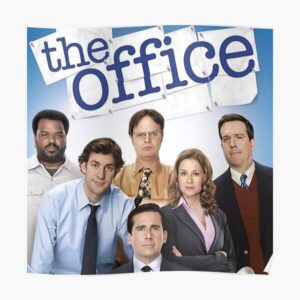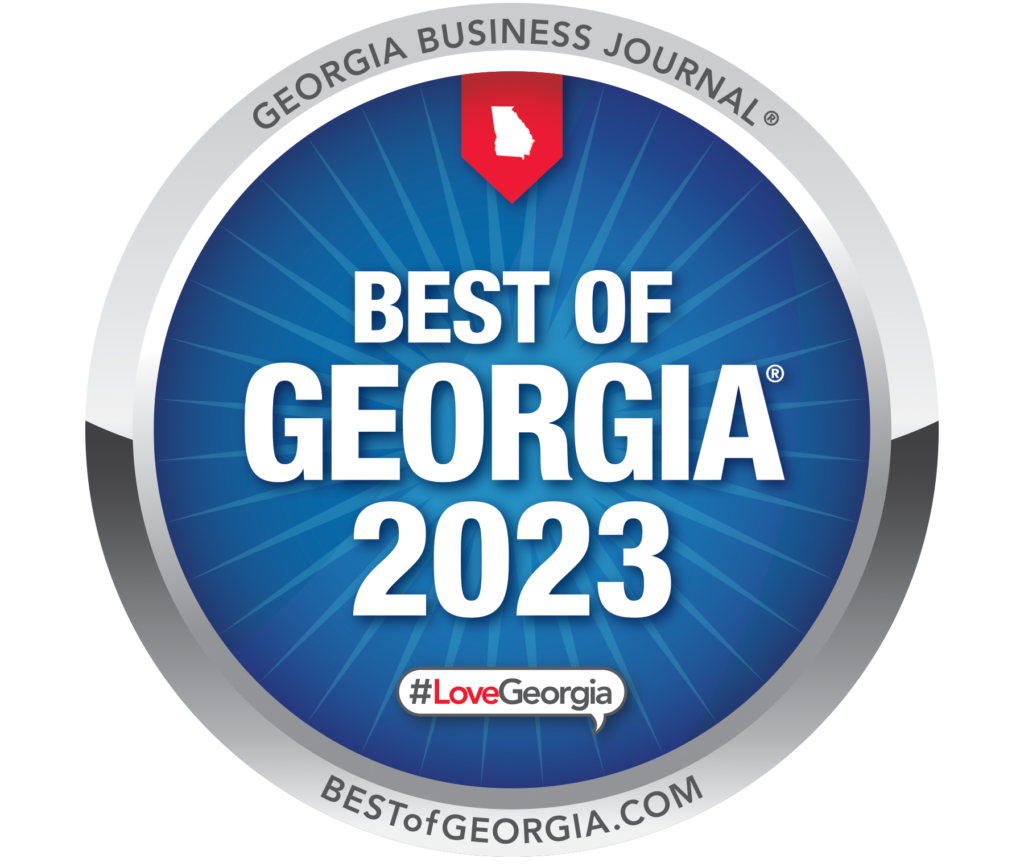We’ve all heard of patent trolls. Wikipedia defines them as a party (often a shell company) who purchases patents from usually bankrupt companies for the express purpose of suing other parties claiming damages for infringement, knowing that it is more likely those parties will pay to settle out than proceed to a costly trial. The Eastern District of Texas had been the patent troll capital of the world. But watch out, here come the trademark trolls. You heard me.
In this case, all the pertinent documents we will discuss below are already in the public record. So we can copy paste them here to discuss them further.
When filing a trademark application in the United States, the filing party (usually, an attorney, but sometimes, a non-attorney or mark owner), has to make a legal Declaration. The Declaration in the application for “Dunder Mifflin” by Gooder Labs (located in Johnson City, Tennessee), and signed by “President / CEO” Ken Talbert, says:
“The signatory believes that: if the applicant is filing the application under 15 U.S.C. § 1051(a), the applicant is the owner of the trademark/service mark sought to be registered; the applicant is using the mark in commerce on or in connection with the goods/services in the application; the specimen(s) shows the mark as used on or in connection with the goods/services in the application; and/or if the applicant filed an application under 15 U.S.C. § 1051(b), § 1126(d), and/or § 1126(e), the applicant has a bona fide intention, and is entitled, to use the mark in commerce on or in connection with the goods/services in the application. The signatory believes that to the best of the signatory’s knowledge and belief, no other persons, except, if applicable, concurrent users, have the right to use the mark in commerce, either in the identical form or in such near resemblance as to be likely, when used on or in connection with the goods/services of such other persons, to cause confusion or mistake, or to deceive. The signatory being warned that willful false statements and the like are punishable by fine or imprisonment, or both, under 18 U.S.C. § 1001, and that such willful false statements and the like may jeopardize the validity of the application or any registration resulting therefrom, declares that all statements made of his/her own knowledge are true and all statements made on information and belief are believed to be true.”
As you see, “willful false statements” or declaring that “all statements… are true” where in fact, they are not, carries stiff penalties, such as fine or imprisonment, or both. But what is this mark? And who is the owner, really?
Trademarks essentially tell consumers where and from whom goods or services come. Knowing who sells certain products or services builds goodwill over time with consumers in the general public. Entertainment companies, like NBCUniversal, will trademark the names of characters, communities, and other elements of famous shows for one purpose: merchandising. Merchandising is a golden goose of entertainment – there are at a minimum, nine distinct merchandising classes for goods and services listed under what is called the Nice Classification (named after the town in France – there is no Naughty Classification). One of the most well-used merchandising classes therefore, is clothing (cl. 025).
I digress, our trademark applicant, Gooder Labs, applied for a trademark that it declared it owned, “Dunder Mifflin”, on June 18, 2016, in cl. 025. Ken signed the declaration, attesting that Gooder Labs owned the mark. In fact, “Dunder Mifflin” is the name of a fictional paper company in a famous television show from NBCUniversal, The Office (based on a British show of the same name). Could this have been coincidence? I mean, to the “best of [Ken’s] knowledge,” the mark was owned by Gooder Labs, for the purpose of making clothes (hoodies, athletic apparel, and t-shirts). The Office only aired for 9 seasons (read: years) on a major television news network (NBC). It remains popular in syndication and streaming.
At some point between February 2017 and March 2017, the asset (a trademark application at the time), transferred over to Jay Kennette Media Group, LLC, but Ken stayed on as President. A quick hunt of the U.S. Trademark database shows that Jay Kennette Media Group currently “owns” 22 registered trademarks (11 have expired or were abandoned) including other names of places from famous shows. The most recent application (filed November 2021!), “Hillman College”, is the fictional university on The Cosby Show. Notably, they abandoned Tyrell Corporation (from the film, Bladerunner) because the examiner rejected it for likelihood of confusion. But when viewing their U.S. trademark portfolio as a whole, the overall picture begins to look very bleak for Jay Kennette Media Group, who now faces a lawsuit from NBCUniversal for trademark infringement.
But why wait so long to file for protection, if you own a mark?
You may have heard that streaming is where all the cool kids hang out now watching their shows. Reruns of shows, like The Office, are big draws. Last fall, NBCUniversal thought it would be a good idea to apply for protection of “Dunder Mifflin”, in 2 merch classes (printed goods and textiles – cups, mugs, and plates), and one service – streaming on mobile devices and the Internet. Contrary to what Deadline reported, NBCUniversal did not attempt to register for clothing. What likely occurred is NBC attorneys performed a search of the U.S. Trademark database and found the “trademark squatter,” as they have called it. In short, a lawsuit began brewing last fall, over the spring, and finally, was filed on Friday, July 1, 2022, according to reports, in the U.S. District Court for the Central District of California.
But why is this date important, you ask? Because, the following Monday, our alleged “trademark squatter,” hired an attorney to file another legal attestation declaring that the registered mark, “Dunder Mifflin”, for clothing, was not only still being used to sell athletic apparel (sweatpants and t-shirts), but also, that no lawsuits had been filed. Here is the entire Declaration, which the attorney of record has to verify before filing:
Declaration
Unless the owner has specifically claimed excusable nonuse, the mark is in use in commerce on or in connection with the goods/services or to indicate membership in the collective membership organization identified above, as evidenced by the attached specimen(s). | |
Unless the owner has specifically claimed excusable nonuse, the specimen(s) shows the mark as currently used in commerce on or in connection with the goods/services/collective membership organization. | |
The mark has been in continuous use in commerce for five consecutive years after the date of registration, or the date of publication under 15 U.S.C. § 1062(c), and is still in use in commerce on or in connection with all goods/services, or to indicate membership in the collective membership organization, listed in the existing registration. | |
There has been no final decision adverse to the owner’s claim of ownership of such mark for such goods/services, or to indicate membership in the collective membership organization, or to the owner’s right to register the same or to keep the same on the register. | |
There is no proceeding involving said rights pending and not finally disposed of either in the United States Patent and Trademark Office or in a court. | |
To the best of the signatory’s knowledge, information, and belief, formed after an inquiry reasonable under the circumstances, the allegations and other factual contentions made above have evidentiary support. | |
The signatory being warned that willful false statements and the like are punishable by fine or imprisonment, or both, under 18 U.S.C. § 1001, and that such willful false statements and the like may jeopardize the validity of this submission and the registration, declares that all statements made of his/her own knowledge are true and all statements made on information and belief are believed to be true. |
Now, it is curious that an attorney prepared this Declaration, on behalf of the client, who signed it. Again I wonder, did the attorney never hear of this show, The Office? I researched the attorney of record, and she is a patent lawyer in Chicago, a solo practitioner. Something tells me she should stick to patents. Because technically, this Declaration is flawed, as a lawsuit was pending at the time this Declaration was filed at the U.S. Patent & Trademark Office. For the record, the Notice of a “Suit Incoming” posted to the public record 2 days later, on July 6, 2022.
The above is a brief play-by-play of what I could glean from the public record of this unfolding, real-life drama. It will be interesting to see how the case is tried. According to reports, plaintiff NBCUniversal is demanding the full span of relief: that Jay Kennette Media Group, LLC, cease & desist use of the mark, provide an accounting of all profits made on the mark, “Dunder Mifflin”, and seize & destroy all remaining merchandise bearing the allegedly infringing use.
But how in the heck can NBCUniversal proceed, if they do not have the federal trademark registration that allows the benefit of access to the courts to enforce their rights? Because there is common law protection that arises simply based upon consistent use of the mark in commerce regardless of registration. It is likely on this basis that the case will proceed, on the bona fide use of the mark by NBCUniversal over a period of 17 years to assert its claim to ownership, in addition to whatever state law claims, or related claims (e.g. fraud) plaintiff can muster.
We will follow this case as it proceeds through the courts with great interest. It could become a cautionary tale for those, who think they can pass under the radar to make money from others’ work. But that’s just my opinion.
Watch our LinkedIn LIVE on this topic here.




